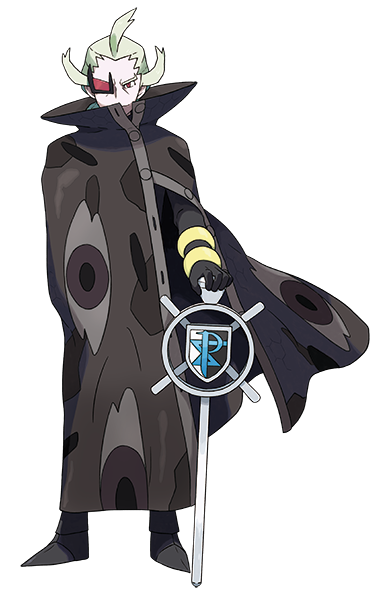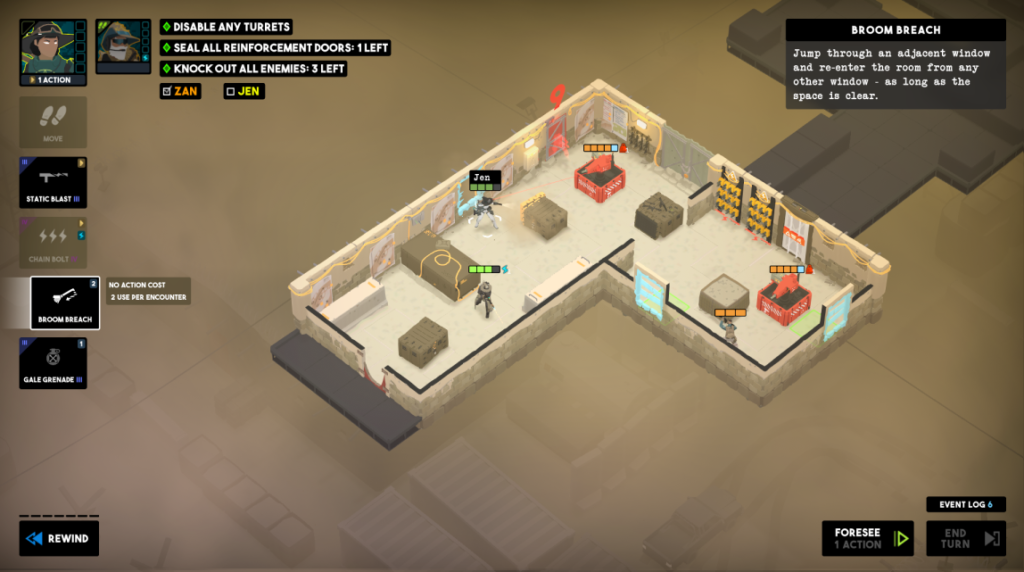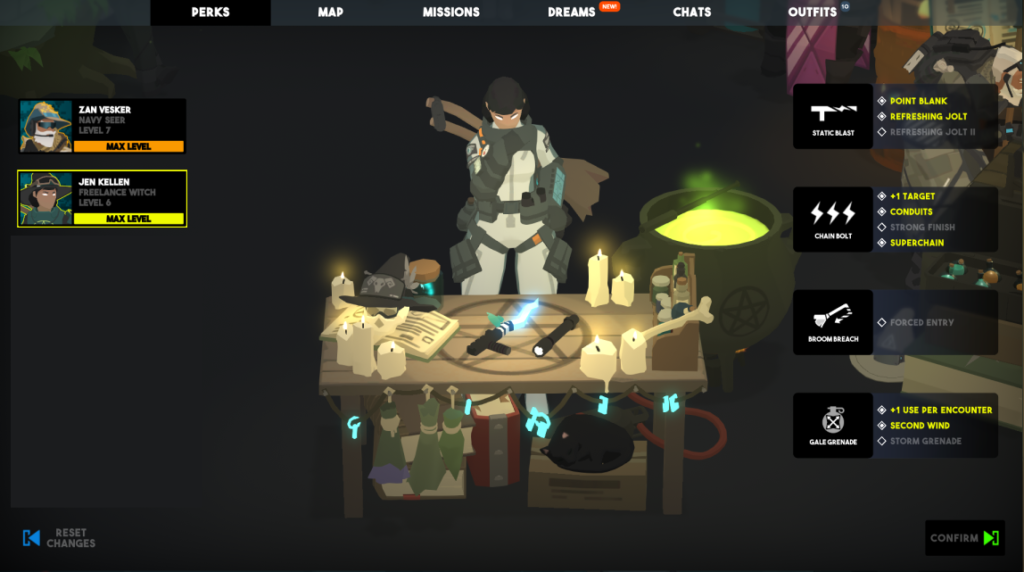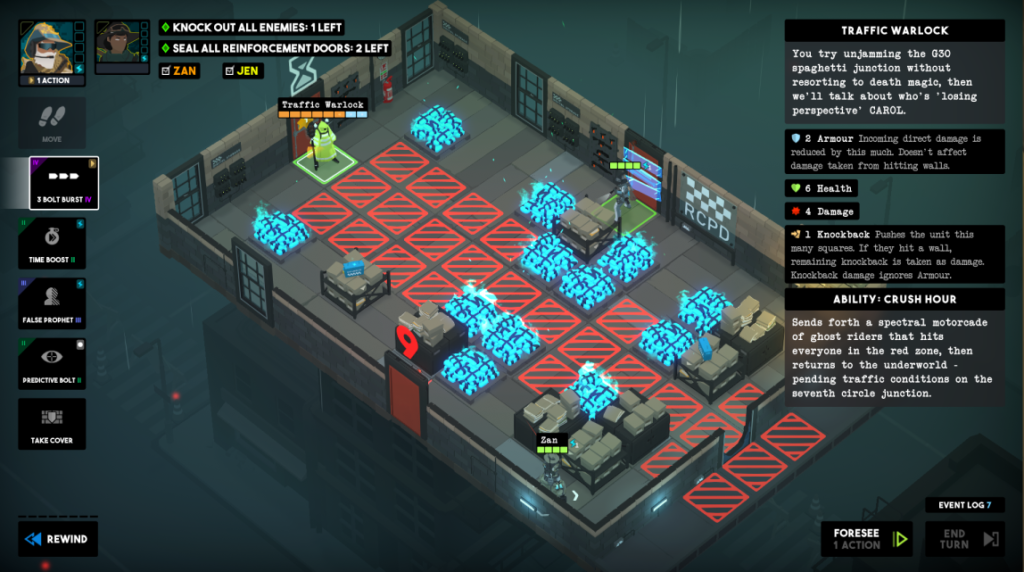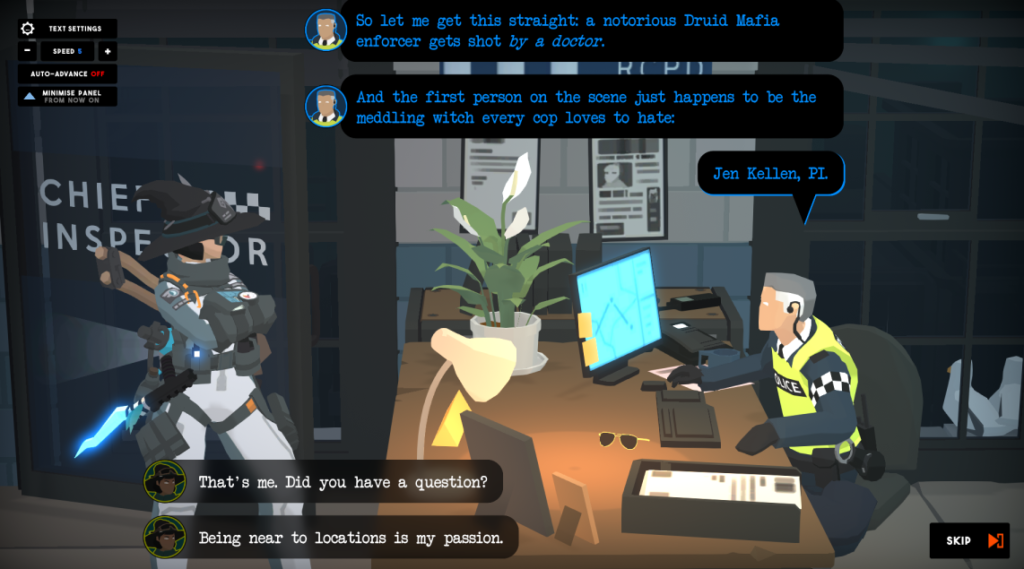It’s been a struggle to find something to write about this week. Plucky Squire comes out later today, but I don’t think I can finish it before tomorrow. UFO 50 has a similar problem.
I was trying to finish every game Tom Francis ever made, and make that into a bit. But Morphblade is too short and I’m bad at it, while Heat Signature hasn’t grabbed me the same way Tactical Breach Wizards or Gunpoint did. I still intend to play it.
So instead I’m going to write a bit about Strafe, technically now called Strafe: Gold Edition on Steam.

Strafe wants to be a combination of a roguelite and boomer shooter, I think mostly in the Doom vein. I say “Wants to be” and not “is” because a lot of the meaningful roguelite mechanics are missing. There’s no 3-pick-1 upgrades, or branching paths. Its obvious roguelite features are just some light map randomization and permadeath.
I only have one complaint about Strafe. Unfortunately, it’s a big one, and I’m going to illustrate it with a million different examples.
Here it is: Strafe sucks at letting the player have fun. It has the fun moments, and boomer shooter experience, but it hampers its own gameplay in a bunch of stupid little ways. Lets go through them shall we?
A million little issues.
Let’s start with the guns. Strafe has maybe a dozen different guns. They’re all kind of interesting. They’re all fun to shoot. Cool! These sound like good things.
Except all of them have the most miserable ammo pool I’ve ever seen, and you can’t pick up extra clips for them. The player can shoot them until they run out of ammo, at which point they are useless. (The primary gun excluded)
There might be legitimate reasons to only give the player 8 rounds of rocket launcher ammo, but why do I only get a single clip of bolt pistol rounds? What exactly was the train of thought that went, “Hey, in our game with a dozen different guns, let’s not let the player ever really use more than one in a run”?
Also, it makes me run into the hoarding issue. Because I have limited ammo, I never end up using anything but my primary.
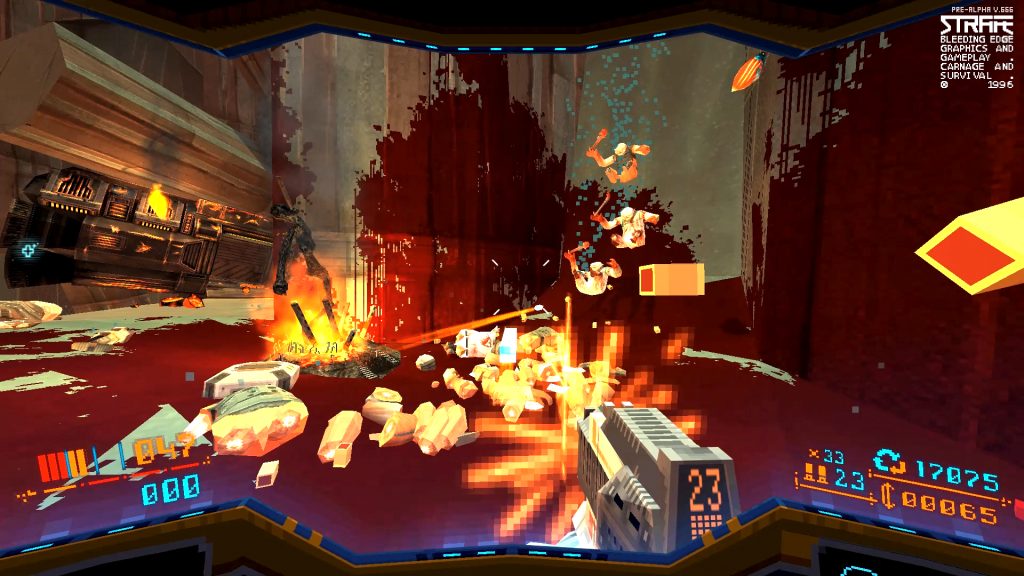
Next up: Enemies. Strafe’s “thing”—if you want to call it that—is that the game makes it really easy to bunny hop. You basically jump around, gaining speed, to traverse maps quickly. So most enemies are fine. They either shoot projectiles, or chase the player, and are generally non-obnoxious.
Except there is an entire category of enemies that spit acid onto the floor, or spawn acid spewing orbs. The player loses health when they step on acid, and many of these enemies are semi-immobile and obnoxious to deal with. So the movement design says “Run around fast!” and the enemy design responds “Yeah, so you can step in the acid you stupid idiot.”
Speaking of things that make running around fast suck: dark levels. Why are they here? Did a single playtester ever say “You know what would make this fast paced permadeath FPS even better? Not being able to able to see anything.” Or did that just come to the devs in a fever dream?
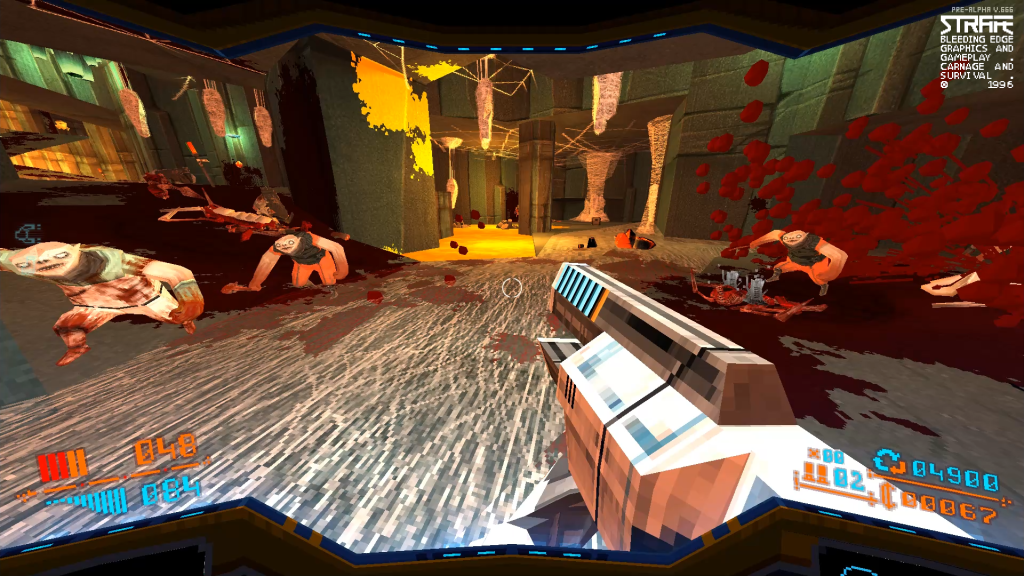
Also: Key Hunts. Strafe is heavily inspired by Doom, so of course it has doors that require keys to open. Keys that must be picked up. Do you know what I really don’t enjoy in my fast paced boomer shooters? Walking around a map for 10 minutes having killed all the enemies trying to find a single corpse holding a keycard.
Even the secrets are infected with this weird “Get in your own way”-ness. One minor one is the ability to pick up a Superhot style shotgun, making it so that time only moves when the player moves. It’s an enjoyable, clever Easter egg, that adds a cool level of control to movement. It’s incredibly fun pickup.
And it has 25 rounds, and you cannot switch off it to other weapons, or pick up barrels to throw while using it.
The End Result
Many games are bad because something about them is intrinsically broken. Bad art, bad narrative, bad mechanics. Strafe is bad because every single time it looks like it’s going to let the player have fun, it gets in its own way.
I don’t know why this is. Maybe the developers felt that they had to make the game difficult. Maybe they brought across design principles from Doom without questioning them.
I also don’t know that I really care. I don’t recommend Strafe. It’s not just fun enough to be worth playing.

But whatever. At least I got a writeup out of it.

